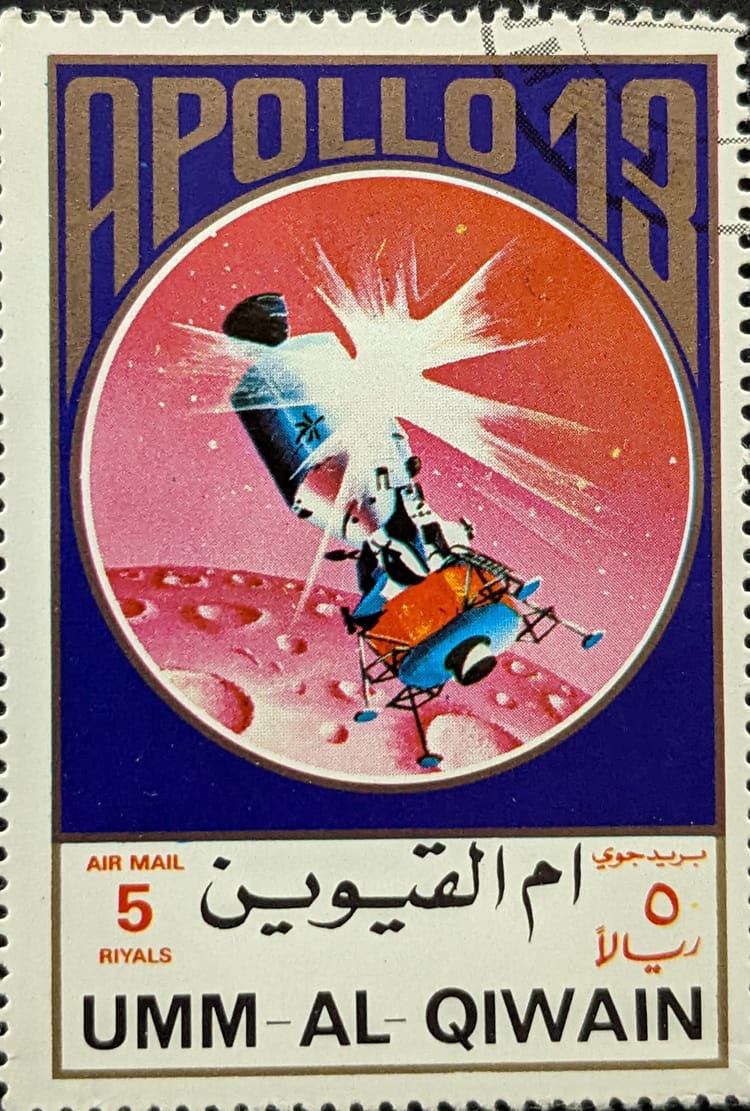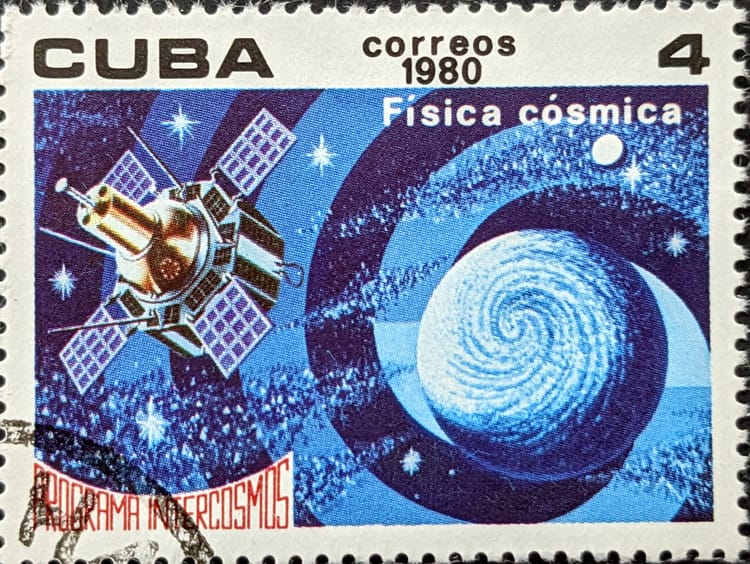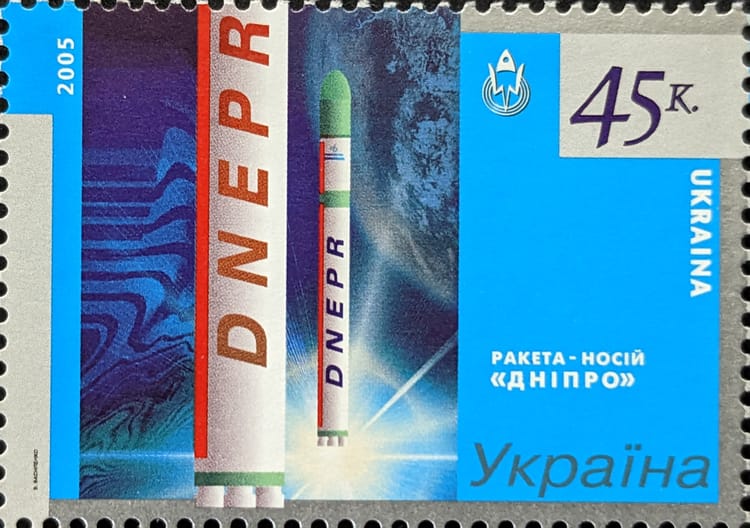SpaceX’s Cyclical Problem
Two years ago, the German magazine “Der Spiegel” interviewed Ariane Group’s Alain Charmeau (translation of that interview, here). The interview initially focused on the development of and launch plans for Arianespace’s newest rocket, the Ariane 6 (which might be launched in 2020). However, during the interview, “Der Spiegel” mentioned the fact that SpaceX’s Falcon 9 is cheaper than the Ariane 6, which prompted Charmeau to go into a rabid pseudo-rant about SpaceX’s pricing model. I wrote up a quick, tongue-in-cheek analysis about this rant at that time at my other site in ““Minky”-shines In the French Space Sector.”
The Frenchman Rant(eth)
Charmeau kept pushing the (already old) idea that SpaceX is dumping its rocket services for customers because the U.S. government is paying higher prices for the company’s launch services. Quoted from the translated version of the interview:
The reason why SpaceX is cheaper at the commercial market, has nothing to do with reusability. The crucial reason is only that they charge their own government 100 million dollar per launch. I am ready to do that the same way.
I noted in the analysis that:
He [Charmeau] believes SpaceX's policy of charging U.S. government and military customers about 30% more (in NASA's case, 50%) for launches than the company does for a commercial launch equates to a government subsidy. He's not the only one, by the way--there are some obvious American Francophiles saying the same kind of thing.Never mind the fact Elon Musk has noted this increase is necessary to cover for all the magical mission assurance dust SpaceX needs to provide those customers some peace of mind. Those customers demand it and are willing to pay for it to feel good about literally "buying down risk." Like Linus' security blanket in the Peanuts cartoon--but more expensive.
SpaceX’s Gwynne Shotwell had given the following reasons for the extra costs incurred by the U.S. government for the company’s launch services during an interview four years earlier (and those were in response to Arianespace allegations back then, too):
“It’s more expensive to do these missions,” she said of U.S. government launches compared with commercial missions. “The Air Force asks for more stuff. The missions we do for NASA under the [NASA Launch Services] contract are also more expensive because NASA asks to do more analysis.“They have us provide more data to them. They have folks that basically reside here in SpaceX, and we need to provide engineering resources to them and respond to their questions. So by definition, the way the government buys missions is more expensive.“It depends on each individual mission, but the NASA extra stuff is about $10 million. The Air Force stuff is an extra $20 million. And if there is a high security requirement, that can add another $8 million to $10 million. All in, Falcon 9 prices are still well below $100 million even with all of this stuff.”
In an Ars Technica article posted in mid-2018, Charmeau was quoted as saying the following in regards to SpaceX’s charging for complying with extra requirements for government missions:
“I would be surprised if SpaceX explained to commercial customers that they deliver bullshit to them,” he replied. “I would be extremely surprised by that.”
Rogozin’s Rocket-Rattling
This topic was brought up again a little over a week ago but from Russia’s chief of Roscosmos (the Russian space agency), Dmitry Rogozin. On Twitter. From the RT article:
Aspiring Mars explorer and SpaceX founder Elon Musk fired the first shots in the online war of words after Roscosmos head Dmitry Rogozin announced that his agency will charge 30 percent less for space launches “to increase our share on the international markets.”He then mentioned SpaceX, saying that the measure comes in retaliation for tactics used “by American companies funded from the US [government] budget.”
As an aside--if Rogozin mentioned SpaceX negatively first, how is it Musk fired the "first shots?"
Both Charmeau and Rogozin seem extremely focused on SpaceX, but were apparently satisfied with the extremely high government contracting mechanisms for United Launch Alliance (ULA), as ULA never comes up in the context of “American companies funded from the US budget.”
The Madness of Being (and working for) Government?
Part of the reason for these accusations is the U.S. government, whether in the guise of a civil agency like NASA or the military, tends to pay a lot for a product or service--mainly to “buy down risk” in the case of launch services provided by the likes of SpaceX and ULA. Every government type and supporting contractor is familiar with the risk assessment matrix.

While the matrix above might hurt an average person’s head (hell, I’m getting shivers just pasting it in), the point of the matrix is simple (even though people make these very complicated): eliminate as much red/EH as possible for a space launch. The less red, the less risk. Companies like SpaceX and ULA have to deal with all the requirements and activities for government missions that will minimize the number of red boxes on not just one, but many, many sub-matrices (and their corresponding reviews). The processes used to buy down risk is a big part of what Shotwell was referring to in her 2014 rebuttal for why SpaceX launches cost more for the government.
Someone should pay for that--and in this case, the U.S. government willingly does (these matrices give our government servants a nice warm fuzzy). But, as noted in “Sharing: Money, Missions, Influence,” the government normally pays a lot more for a product or service than normal, which distorts launch market pricing. It distorts prices enough so that it appears to others as if the U.S. government is “overpaying” and enabling a company to provide its commercial offering for less (dumping).
Aiming Against Clarity
Another possible reason for Charmeau’s and Rogozin’s accusations being leveled against SpaceX might be surprising: transparency.
Before SpaceX, there was really only one big dog in the U.S. launch market--ULA. For seven years ULA served as the only contractor for the Department of Defense’s (DoD) Evolved Expendable Launch Vehicle (EELV) program. And there were some problems with cost transparency within that program. The lack of transparency was bad enough that, according to the GAO report (linked above), even the government wasn’t quite sure how much a single ULA launch would cost. Not only, then, were EELV launch costs high, but they were also opaque.
Obviously, Arianespace and Roscosmos launch services benefited from such a situation. I don’t believe either one lamented the government's contributions to ULA’s EELV contract.
SpaceX, on the other hand, is associated with “internet-pricing.” It’s fairly open with its listed “baseline” price for a Falcon 9 and Falcon Heavy launch. The advertised price probably initially astonished legacy launch providers, but it didn’t convince them that SpaceX’s prices were “real” or that they should also list their prices. When SpaceX started an aggressive campaign to launch for the DoD in EELV, ULA’s leadership (Michael Gass) painted SpaceX with essentially the brush used by Charmeau and Rogozin:
Although SpaceX openly advertises “internet” prices, it is worth noting that the Air Force did not get the internet prices when they contracted with SpaceX for DSCVR and STP-2.
ULA eventually tried countering SpaceX’s website price-posting strategy with its own “Rocketbuilder” site (which, frankly, is still a bit opaque). It has also lost significant launch share in the U.S., launching only five times during 2019. Arianespace’s launch cadence slowed in 2019, but Roscosmos’ activities seem to be increasing. Both have yet to publish the prices for their launch services. This means that the leaders from both companies are using SpaceX’s open pricing against itself while at the same time not revealing what it costs to launch a basic Soyuz, Vega, or Ariane 5.
While writing this, it becomes apparent to me that the dumping accusations saddling SpaceX are, weirdly, caused, maybe even encouraged, by U.S. government practices--current and past. There are the added expensive requirements the government very willingly pays for to minimize the risk of a rocket blowing up during a mission. Such added payments distort the value of launches in the U.S. Then there’s the EELV pricing, which was a hot mess thanks to the DoD’s contracting practices (which are not to be confused with best practices). This just confuses the value of launches.
SpaceX’s pricing is a commendable contrast to those practices but makes the company the only target on the range for others in the industry to aim at. Such sniping is cheaper than improving a launch vehicle or building a competitive one.




Comments ()